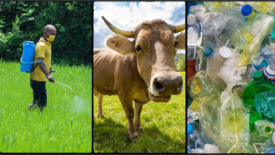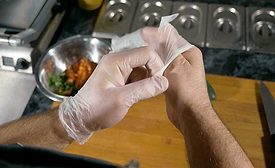Risk Assessment
Threat information should be disseminated as rapidly as possible, and is encouraged between businesses that may otherwise be restricted by anti-competitive laws or regulations
Read More
The Importance of Third-Party Gap Assessment for a Food Safety Management Program
An unbiased gap assessment of a foodservice business' FSMP should be performed by a third party, using a defined set of standards for each business function
April 10, 2023
Cybersecurity and Food Defense: Establishing an ISAC for the Food and Agriculture Sector
With security threats on the rise, an Information Sharing and Analysis Center (ISAC) is needed for the food and agriculture sector
April 10, 2023
An Information Sharing and Analysis Center for the Food and Agriculture Sector
The food and agriculture sector is the only U.S. critical infrastructure without a threat Information Sharing and Analysis Center (ISAC)
February 6, 2023
Never miss the latest news and trends driving the food safety industry
eNewsletter | Website | eMagazine
JOIN TODAY!Copyright ©2025. All Rights Reserved BNP Media.
Design, CMS, Hosting & Web Development :: ePublishing












